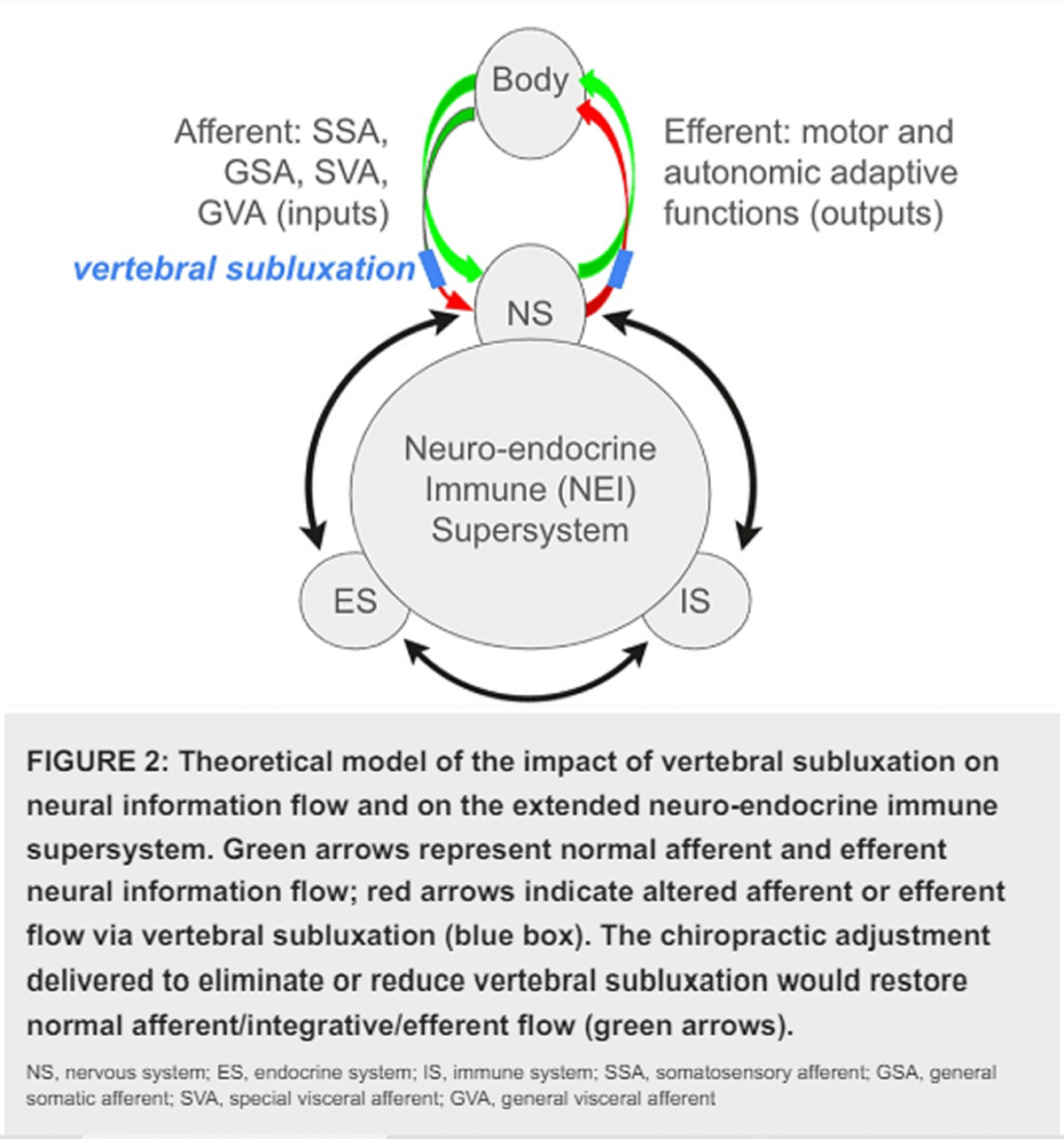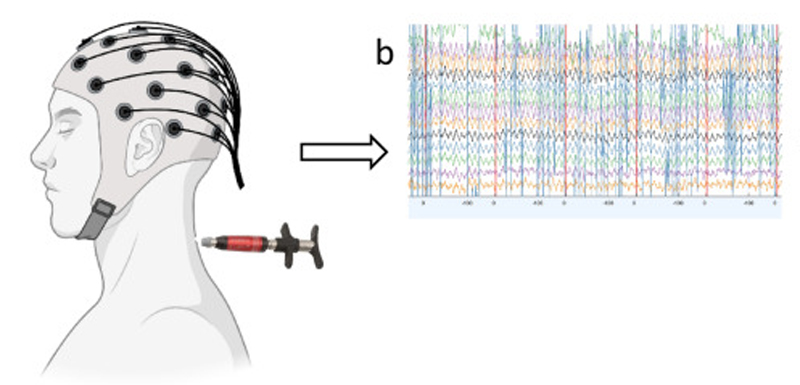DD Palmer and the Egyptian Connection:
A Short Report
SOURCE: Asia-Pacific Chiropractic Journal 2024; 5 (1)
| OPEN ACCESS |
Phillip Ebrall, BAppSc (Chiropr), PhD
Editor, Asia-Pacific Chiropractic Journal
This paper describes the first known description of the ‘idea of subluxation’ as a small dysfunction in the spine which affected a person’s health and function. The authoritative source document is the Edwin Smith Manuscript, introduced to the world in the 1920s. This paper reports this interpretation of Egyptian medical writings dating from 1,600 BC and earlier, in which small spinal dysfunctions were noted and clinically managed.
Indexing Terms: Subluxation, Edwin Smith, chiropractic, Egyptian medical writings
From the FULL TEXT Article:
Introduction
 |
Clues to the antiquity of the idea that DD Palmer codified as ‘subluxated vertebrae modulating tone’ came as early as 1905 [1] when he referred to ‘Chinese and Egyptian history … system of healing … Manual Therapeutics.’ (Figure 1)
Palmer alluded to this history [2] in his 1906 text co-written with his son, BJ Palmer but was clear in his 1910 tome, on p. 12, [3] where he wrote:
‘Dr. Atkinson [4–6] has frequently informed me that the replacing of displaced vertebrae for the relief of human ills had been known and practiced by the ancient Egyptians for at least 3000 years.’
and on p. 13:
‘many of the methods employed in ancient Greece and older Egypt are being restored’
In 1914 Palmer wrote: [7, p. 8]
‘The principles which form chiropractic science have always existed; and are now being revealed to the world by D. D. Palmer’
There are more articles like this @
Palmer could not be more clear that the idea of small dysfunction in the spine, between vertebrae, had long been associated with altered health status. Care must be taken to not claim that these historical instances of this ‘idea’ represent ‘subluxation’ as it is understand today; yet it may turn out to be so should a scholar with appropriate knowledge investigated it further. Nevertheless, the contemporary claim that ‘subluxation may be taught only in an historical context’ [8] is shown to be shallow as at no point do those who make that claim offer any evidence of the depth and breadth of that history.
While it is true that subluxation as understood today is more complex, the original description, sprain, wrenching , incomplete luxation or dislocation, is represented in the Edwin Smith papyrus. Subluxation has its historical origins and the original meaning is still included in the modern term.
Chiropractic’s Indiana Jones, Dr Gary Bovine, has shown that subluxation came into renaissance language as Latin. [9] A point of relevance here is that Bovine has traced the idea back to the Greek medical writings, largely attributed to, or collected under the name of, Hippocrates. [10]
Bovine has reported that the idea of subluxation was known in the 10th Century [11] and it is well known that Johannes Hieronymi wrote the first medical doctoral thesis on the topic in 1746. [12] Bovine demonstrated that the Greek word parathréma led to the Latin term subluxationibus, written by Hieronymi in 1746. SVBLVXATIONIBVS relies on the transliteration of pararthrema. Bovine [11] states:
‘in 1532 the Italian translator Giovanni Bernardo Feliciano created the words subluxatio, subluxantur, subluxationibus to have a suitable substitute for the Greek word pararthrema’
The question that must be answered is, what did the Greeks mean when they spoke of pararthrema? The answer that is found in the Egyptian medical literature is that they were speaking of a spinal sprain of sufficient impact on the individual to be of clinical concern.






Leave A Comment